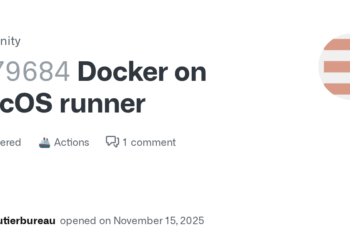Select Language:
When you’re running multiple foundation models on Amazon Bedrock, it’s important to keep an eye on how well the system is performing and how much it’s costing. To do this, you should monitor both overall system metrics and details specific to each model.
Amazon Bedrock automatically sends key data to Amazon CloudWatch, like how many times a model is used, how long it takes to respond, and error rates. You can view this data on dashboards or set up alerts to notify you if things go wrong. These metrics tell you if your models are being used frequently and whether response times are slowing down when demand is high.
For deeper insights, you can log additional details such as the type of prompt or the user who made each request. Using CloudWatch Embedded Metric Format (EMF), you can organize this information in ways that help you analyze usage patterns by different groups—like by application or customer segment.
Understanding your costs is just as important as tracking performance. Because the number of tokens used in each request directly impacts your charges, make sure your application records both the input prompts and the generated outputs. By collecting this data in CloudWatch Logs Insights or exporting it to places like Amazon S3 or OpenSearch, you can see which prompts, users, or workloads are consuming the most tokens. This helps you identify inefficient prompts or determine whether certain tasks could be handled more cheaply using smaller or more cost-effective models.
To stay ahead of unexpected increases in usage or expenses, you can set up CloudWatch Alarms. These alarms can be based on how many times models are invoked, response times, or token usage. Additionally, you can use AWS Budgets to get alerts when your costs approach predefined limits, giving you the chance to adjust before overspending occurs.
By regularly reviewing performance data, token usage patterns, and costs, you can make smarter decisions about refining your prompt designs or choosing different models. This approach helps improve your system’s efficiency while keeping expenses under control.






